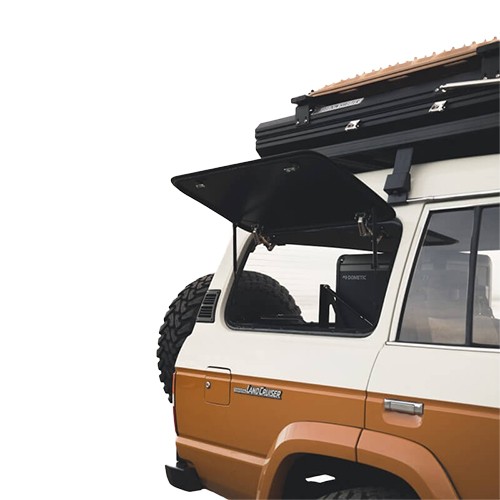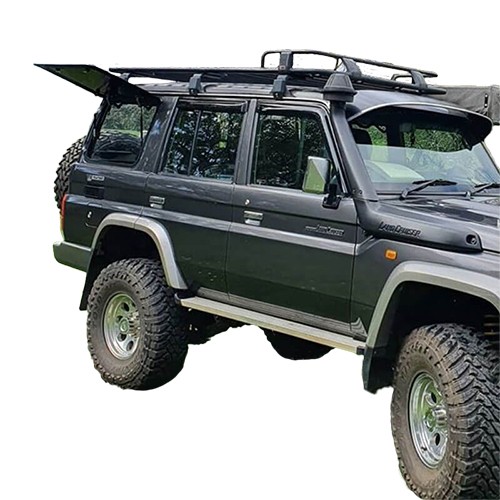Driving On Corrogations
If you spend a lot of time exploring Australia you're going to get familiar with unfinished tracks. A good 4wd vehicle will handle most of these easily, letting you get around no problems. A lot of that depends on the condition of the track though. Bad drainage and lots of use by heavy vehicles can tear a surface up pretty quickly, and often this creates the dreaded corrugations. A heavily rutted track can be a real challenge, and worries about safety and what it's doing to their vehicle puts a lot of people off driving on them. It's actually not that big a problem though. Follow a few simple tips and you can cross corrugations safely and without too much discomfort.
The first thing to know is that if you have a decent 4wd vehicle, in good condition, corrugations aren't going to do it any harm. The main thing to watch is your shock absorbers. They'll be working hard going over a corrugated surface, and the chance of them failing goes up. Carry a spare set and make sure you know how to change them.
You need to make sure your vehicle is properly prepared. Check your roof rack and anything else you have stowed outside, and make sure it's firmly lashed down. Do the same for all the gear in the back – get it packed so it won't move around. Consider using straps or a net to keep everything secure, and perhaps fitting a barrier between the load and passenger compartments. If you have a Ute a tonneau cover will make sure nothing decides to jump over the side. Once you're driving on corrugations stop every hour or 90 minutes for a break – you'll want to anyway – and check that nothing is coming adrift. Tidy up the interior as well. Loose objects can get thrown around and injure someone, and anything that's free to vibrate can scuff up your plastic.
Lower your tyre pressures to get a more comfortable ride, which means you'll need a compressor to raise them again when you get to a better surface. Try 24psi and see how that works. Now you have to find the best speed. Crossing corrugations slowly will shake your guts out, but getting some speed up smoothes things out. Don't overdo it though. You won't have as much traction, so going too fast is pretty dangerous. It'll take you longer to brake as well, so allow extra distance and use the pedal smoothly – don't stamp on it, or you could lose control. If your load is top heavy then too much speed on a rough surface could even overturn you, so stick to about 80km/h as a safe limit. The best speed might be a lot lower than that though – a lot depends on the size of the corrugations.
Driving on a chewed up track isn't ideal, but if you do it right it's safe and won't harm your vehicle. Just make sure you're properly prepared and know what to do. Getting it right will open up a lot of routes you might have avoided, so it's worth the effort.







